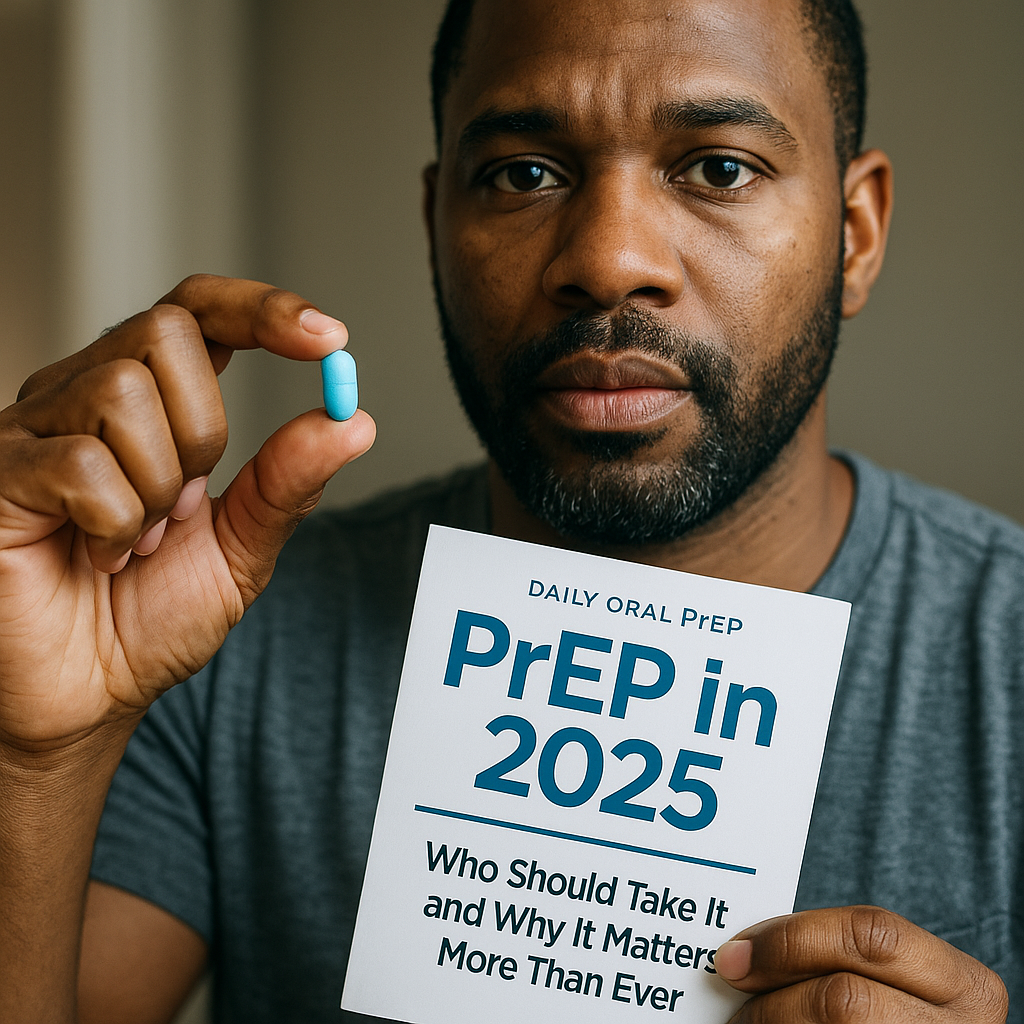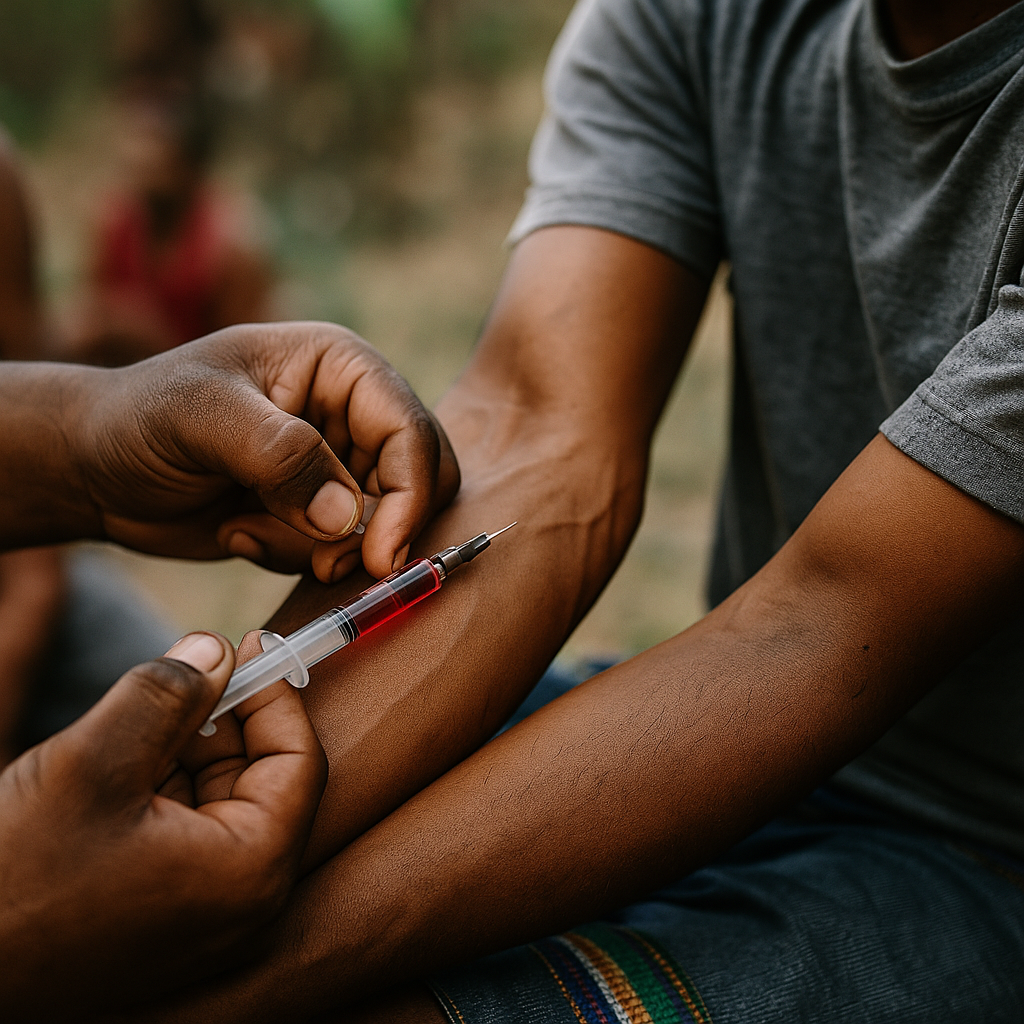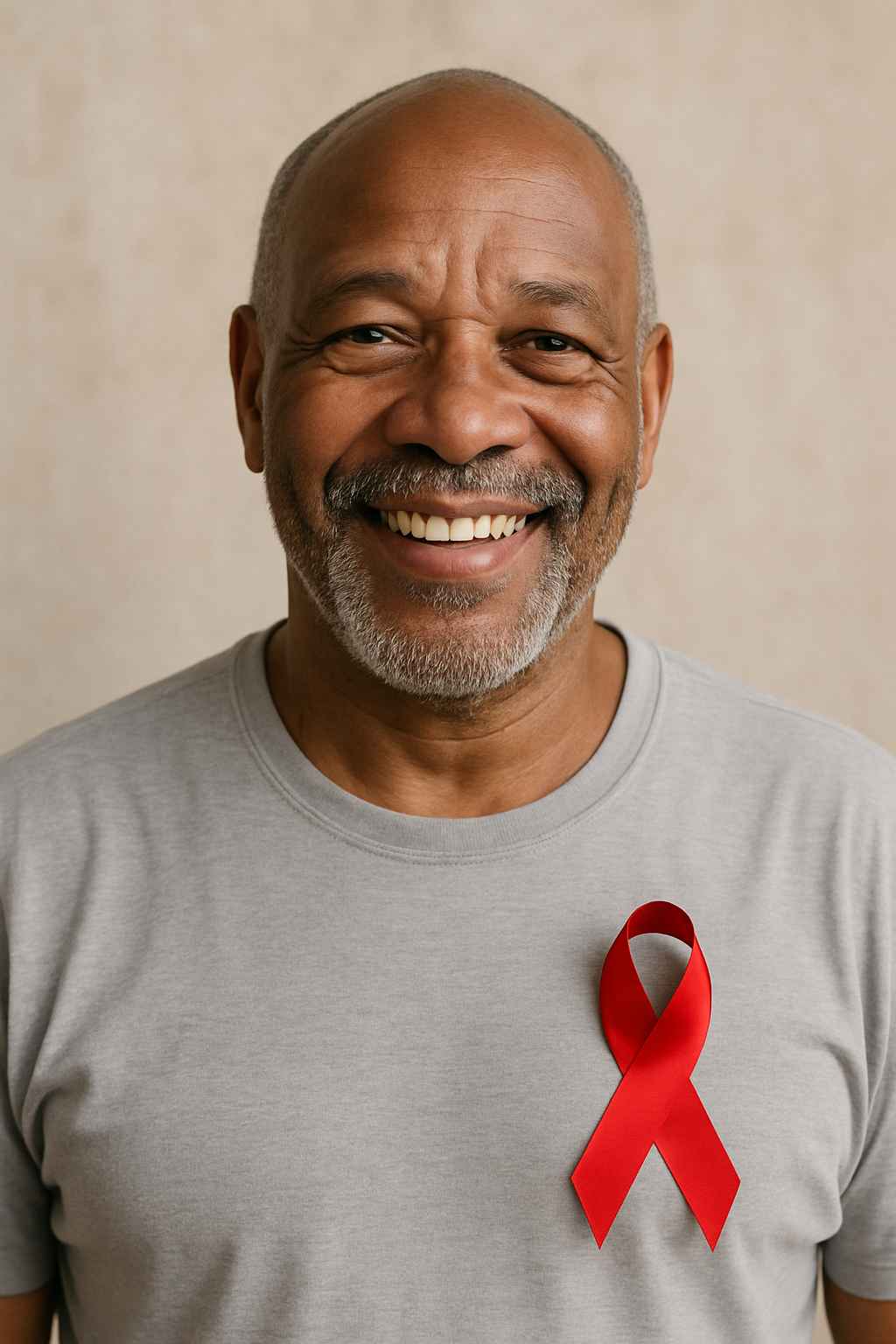
Despite significant medical advancements, HIV and AIDS remain pressing global health issues. While treatments have improved and awareness has grown, the epidemic persists, affecting millions worldwide. It’s a common misconception that HIV and AIDS only impact specific groups; in reality, they touch all corners of society. Understanding the importance of continued vigilance, education, and support is essential for everyone.
Table of Contents
- The Global Impact of HIV and AIDS
- Advances in Treatment and Prevention
- The Role of Stigma and Discrimination
- Community Engagement and Support
- Conclusion and FAQs
The Global Impact of HIV and AIDS
HIV (Human Immunodeficiency Virus) attacks the body’s immune system, and if left untreated, can lead to AIDS (Acquired Immunodeficiency Syndrome). According to UNAIDS, approximately 38 million people globally were living with HIV in 2020. While new infections have declined in some regions, others continue to see rising numbers.
In South Africa, for instance, recent U.S. aid cuts have led to significant challenges in HIV testing and treatment services, particularly affecting pregnant women, infants, and youth . Such setbacks highlight the fragility of progress and the need for sustained support.Reuters+1AP News+1
Moreover, in places like Australia, new HIV diagnoses have increased among populations born overseas and those acquiring the virus through heterosexual contact, despite an overall decline in cases . These trends underscore that HIV and AIDS are not confined to any one group or region.news
Advances in Treatment and Prevention
Medical advancements have transformed HIV from a fatal disease to a manageable chronic condition. Antiretroviral therapy (ART) allows individuals with HIV to live long, healthy lives. Additionally, preventive measures like Pre-Exposure Prophylaxis (PrEP) have proven highly effective.
In Illinois, for example, the state has expanded access to PrEP by allowing pharmacists to provide it without a doctor’s prescription, aiming to reduce new infections among high-risk populations .Axios
However, access to these treatments and preventive measures is not universal. Disparities persist, particularly in low-income and marginalized communities. Ensuring equitable access to healthcare services is crucial in the fight against HIV and AIDS.
The Role of Stigma and Discrimination
Stigma and discrimination remain significant barriers to HIV prevention and treatment. Many individuals avoid testing or treatment due to fear of judgment or ostracization. This not only affects individual health outcomes but also hampers public health efforts.Time+5Glamour+5Wikipedia+5
A GLAAD study revealed that nearly 90% of U.S. adults believe stigma around HIV persists, with many feeling uncomfortable interacting with individuals living with the virus . Such attitudes can discourage people from seeking the care they need.Them
Public figures disclosing their HIV status have played a role in reducing stigma. For instance, Freddie Mercury’s revelation brought significant attention to the epidemic, fostering greater awareness and empathy .GlamourTime
Community Engagement and Support
Community involvement is vital in addressing HIV and AIDS. Organizations like MTV’s Staying Alive Foundation use media campaigns to educate young people globally about HIV prevention and stigma reduction .Wikipedia
Similarly, UNICEF’s “Unite for Children, Unite Against AIDS” campaign focuses on preventing mother-to-child transmission and providing treatment for children . These initiatives demonstrate the power of collective action in combating the epidemic.Wikipedia
At the individual level, supporting local organizations, participating in awareness events, and advocating for inclusive policies can make a significant difference. For more articles on AIDS and HIV education, visit AIDS.org.
Conclusion
HIV and AIDS continue to pose significant challenges globally. While medical advancements have improved outcomes, issues like stigma, discrimination, and unequal access to care persist. It’s imperative for everyone to stay informed, support affected individuals, and advocate for equitable healthcare. By doing so, we can work towards a future free from HIV and AIDS.
FAQs
What is the difference between HIV and AIDS?
HIV is a virus that attacks the immune system. If untreated, it can lead to AIDS, a condition where the immune system is severely compromised.
Can HIV be transmitted through casual contact?
No, HIV is not spread through casual contact like hugging, shaking hands, or sharing utensils.
Is there a cure for HIV?
Currently, there is no cure for HIV, but treatments like antiretroviral therapy can manage the virus effectively.
How can I protect myself from HIV?
Using condoms during sex, getting tested regularly, and considering PrEP if at high risk are effective prevention methods.
Where can I get more information or support?
For more resources and support, visit AIDS.org or consult a healthcare professional.
Disclaimer:
This content is not medical advice. For any health issues, always consult a healthcare professional. In an emergency, call 911 or your local emergency services.



